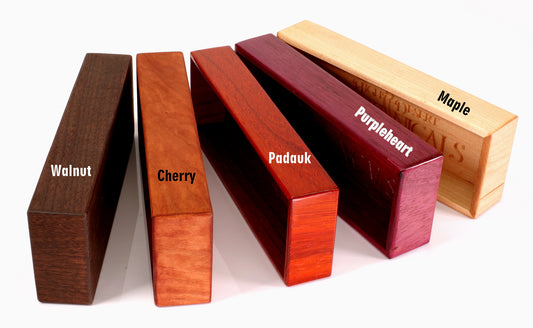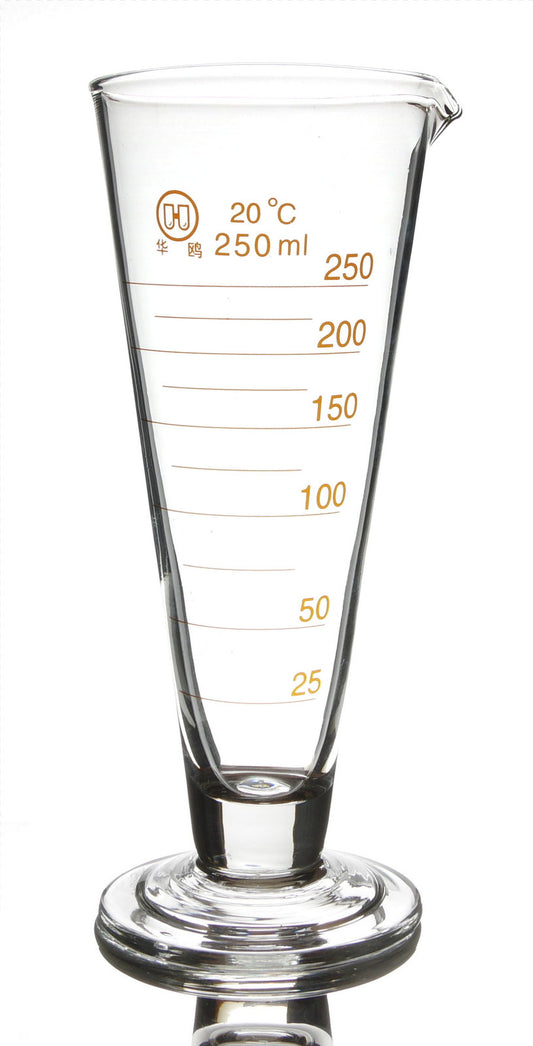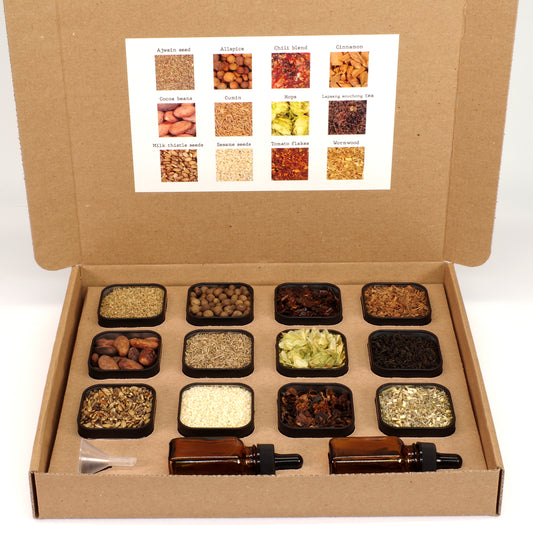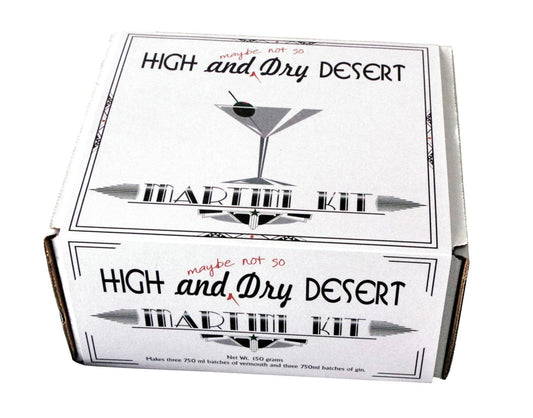Ira Remsen grew up in New York and graduated from the Columbia University College of Physicians before going to Germany to study chemistry. During his years in Germany, he learned the value of observation and experimentation in teaching chemistry. When he returned to America to teach chemistry, he was appalled at the lack of laboratory instruction and the inadequacy of the available textbooks.
Remsen wrote a new textbook, “Theoretical Chemistry,” and translated important German works to English, as well as publishing papers on the results of his own lab work. This attracted the attention of Daniel Gilman, who was scouting for faculty members for the newly established Johns Hopkins University. Remsen was placed in charge of developing the Chemistry Department and there he was able to put into practice his ideas for science instruction that took advantage of his students’ natural curiosity. Lectures were interspersed with laboratory time and discussions about current chemical research.
Remsen exhorted his students to continue experimenting and observing, to not wait for great inspiration, and to not rest upon their accomplishments, for there was always something new to be discovered. While he was teaching at Johns Hopkins, he continued to carry out important research in the field of organic chemistry. Working with one of his graduate students, they discovered the substance saccharine, used widely today as a sugar substitute in diet sodas and “Sweet ’n Low.” He later served as the president of Johns Hopkins and his personal motto was “Every man does his best work when he is allowed to do it in his own way.”
One of the most memorable stories about Remsen's scientific career comes from F. H. Getman's biography "The Life of Ira Remsen" published in the Journal of Chemical Education, 1940.
While reading a textbook of chemistry I came upon the statement, "nitric acid acts upon copper." I was getting tired of reading such absurd stuff and I was determined to see what this meant. Copper was more or less familiar to me, for copper cents were then in use. I had seen a bottle marked nitric acid on a table in the doctor's office where I was then "doing time." I did not know its peculiarities, but the spirit of adventure was upon me.
Having nitric acid and copper, I had only to learn what the words "act upon" meant. The statement "nitric acid acts upon copper" would be something more than mere words. All was still. In the interest of knowledge I was even willing to sacrifice one of the few copper cents then in my possession.
I put one of them on the table, opened the bottle marked nitric acid, poured some of the liquid on the copper and prepared to make an observation. But what was this wonderful thing which I beheld? The cent was already changed and it was no small change either. A green-blue liquid foamed and fumed over the cent and over the table. The air in the neighborhood of the performance became colored dark red. A great colored cloud arose. This was disagreeable and suffocating. How should I stop this?
I tried to get rid of the objectionable mess by picking it up and throwing it out of the window. I learned another fact. Nitric acid not only acts upon copper, but it acts upon fingers. The pain led to another unpremeditated experiment. I drew my fingers across my trousers and another fact was discovered. Nitric acid acts upon trousers.
Taking everything into consideration, that was the most impressive experiment and relatively probably the most costly experiment I have ever performed. . . . It was a revelation tome. It resulted in a desire on my part to learn more about that remarkable kind of action. Plainly, the only way to learn about it was to see its results, to experiment, to work in a laboratory.
Our Ira Remsen Bitters Kit is inspired by Remsen's curiostiy and lessons he impressed upon his students to always keep trying new things.









